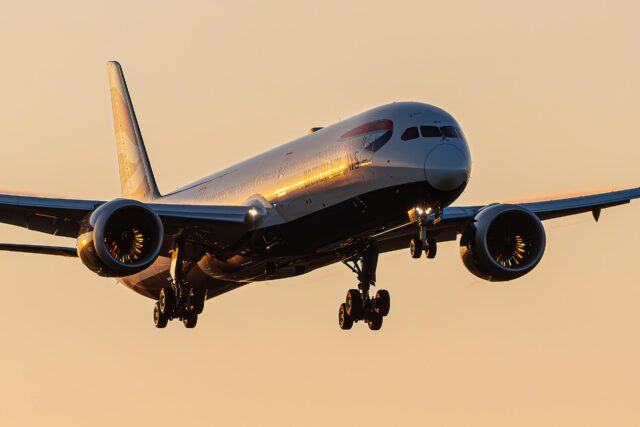Airbus ‘gliders’ increase 250% as both CFM and Pratt & Whitney fail to deliver on engines

July 31, 2025

Airbus has seen the number of completed aircraft awaiting engines, referred to as ‘gliders,’ rise sharply from around 17 at the end of Q1 2025 to approximately 60 by the end of Q2 – a 250% increase.
Chief Executive Guillaume Faury confirmed the growing backlog during the company’s H1 2025 briefing, stating:
“By the end of June, we were at 60 gliders. We expect it to plateau over the summer before it normalises. We continue to work closely with our suppliers.”
A320-271N #AvDelphi ##glider #HBJDB #Airbus #A321271N #ZurichAirport #SwissInternationalAirLines @FlySWISS @zrh_airport pic.twitter.com/8pbDV2XuMC
— AvDelphi Images (@AvDelphi_images) July 24, 2025
Despite the mounting inventory, Faury reiterated Airbus’s ambition to deliver around 820 aircraft in 2025 and to reach zero gliders by the year-end.
Engine woes hit Airbus from both sides: CFM and Pratt & Whitney falter
The engine supply crunch has its roots in setbacks at both CFM International and Pratt & Whitney, the two main engine providers for the A320neo family.
Pratt & Whitney’s GTF engines have suffered delivery delays caused by contamination in the powdered metal used in turbine components. The engine manufacturer has been working through inspection backlogs and remediation efforts, resulting in further bottlenecks and groundings.

However, Airbus laid the blame for the huge glider pool firmly at the feet of CFM, the maker of the LEAP engine. The engine maker has faced persistent supply chain bottlenecks since the pandemic, from labour shortages to delays in deliveries of raw materials.
CFM’s production, already under strain, was disrupted by hurricane damage in Florida last year. Although not a new issue, the hurricane compounded an already fragile supply environment for narrowbody engines.

Airbus is pushing toward a production rate of 75 A320neo-family aircraft per month by 2027, with an interim target of 58–60 per month in 2025. CFM, however, has struggled to synchronise its engine output with this aggressive schedule.
When will the engine supply bottleneck ease?
According to Faury, engine manufacturers have committed to supporting Airbus’s delivery goals, and recovery is expected to begin over the summer months.
“The target is no ‘gliders’ by the end of this year,” Faury told analysts during the H1 2025 briefing. However, the planemaker has previously said it anticipates delivery delays to persist for several more years.

CFM is a joint project between GE Aerospace and Safran. During a recent Safran earnings call, CEO Olivier Andriès said, “We’ve seen a strong improvement on the supply chain side … I can say now that we are rightly fed, in our assembly lines, to recover the slow start of the year.”
The other partner in the programme, GE Aerospace, had a similarly optimistic outlook. “Overall, material input improvement has resulted in higher inventory as we accelerate output and grow LEAP deliveries 15% to 20% here in 2025,” said CEO Larry Culp.
Airbus remains confident in its long-term ramp-up plans, with A320neo production still scheduled to reach 75 aircraft per month by 2027. Industry analysts believe engine output should begin to stabilise in H2 2025, particularly as both CFM and Pratt resolve short-term logistics and component constraints.
















